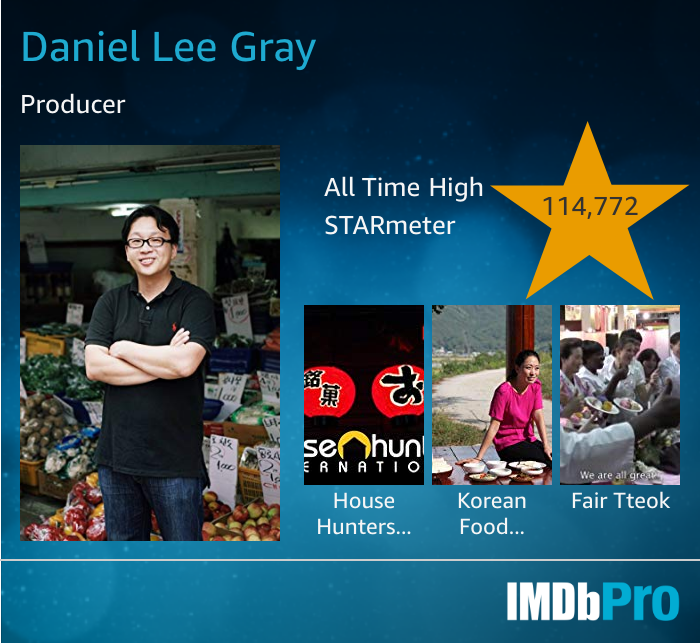Review: Neo-Korean Cuisine at Congdu: 3stars
Originally published in the May Issue of Seoul Magazine. Pickup a copy at reputable places or at Seoul Selection Book Store. You can follow Seoul Magazine at their website at www.seoulselection.com
Congdu: The Simple Bean, Transformed
Rating 3 Stars: Highly Recommended (Local, artisan ingredients, creative chefs, excellent setting.)
The restaurant Congdu focuses on the simple bean. After all, the plain soybean is a versatile ingredient. It can be steamed and fermented and then put into brined water to make soy sauce. It can be ground, boiled and strained to make tofu. Full of protein and essential vitamins, it can take the place of meat and many vegetables. Modern approaches transform the soybean into meat substitutes, drinks, and even ice cream.
 Vivian Han started Congdu in 2002. She said, “My concept was to take authentic Korean tastes and use high quality local ingredients and creatively prepare them to titillate modern tastes and sensibilities.”
Vivian Han started Congdu in 2002. She said, “My concept was to take authentic Korean tastes and use high quality local ingredients and creatively prepare them to titillate modern tastes and sensibilities.”
Located at the Seoul National History Museum, the restaurant’s terrace overlooks the quaint green lawn, which was once a palace square. The upscale atmosphere is great for hosting special guests. It is not authentic Korean, but a modernized setting with antiques. It's a quiet environment since it is inside of a museum and it overlooks a closed in square.
Vivian hired a staff of talented young chefs- many of whom had worked in Michelin starred restaurants overseas to take Korean food to the next level. Nicknamed the “3 Musketeers,” head chef Eric Kim and sous chefs, Luke and Hwanhee, are innovating Korean cuisine using artisanal local ingredients. On their menu you’ll find 25 year, 15 year and 5-year-old soy sauce, radish kimchi made with mineral water from Daeheung Temple, Jindo seaweed, and even black pig from Jeju Island.
Head chef, Eric Kim says, “We use 100% local Korean ingredients and many of them are organic.” Eric who has worked in many 2-star Michelin restaurants such as Aqua, Coi and Noma knows the importance of terroir and how these ingredients contribute to the welfare of the farmers and of the cuisine.
Using traditional Korean and French and molecular techniques, Eric and his team play with the forms of Korean cuisine to keep it familiar- yet with a twist. You might get silky potato noodles in a green soybean milk broth- a play on kongguksu: cold noodles in soymilk and their tiramisu is made from tofu instead of cheese.
They know when to stick to tradition as well. One of their lunch courses offers a traditional Korean Thanksgiving meal: grilled yellow corvina fish with soybean sauce, barley bibimbap and side dishes. To wash this down, there is potent green tea.
The menus at Congdu follow a color theme. For example, the “Orange” dinner course has orange fish row atop of thin beef tartar, sea urchin in seaweed soup, and perfectly seared silver cod atop a bright orange bean sauce. The color theme is loosely interpreted, for the chestnut ice cream with impossibly thin chestnut crisps with raspberry sauce made me feel orange, but was not orange to my eyes.
To the uninitiated, the flavors might seem a bit odd. The food is beautifully presented in French style, but the flavors might seem too salty, too spicy, or too bizarre. Keep in mind, that these are Korean flavors and ingredients that have been transformed by the chef. What you have at Congdu is a modernized Korean meal. With that in mind, those that know Korean food, you might find that this food lacks fireworks since you would probably be used to many side dishes and very spicy flavors. If you are looking for authentic, rustic flavors then I recommend you don't go to Congdu. This is a place for those looking for refined cuisine.
Congdu is a fine example of the rise of the young, creative chefs. They are using ingredients from their native terroir and interpreting them in modern ways. Although not every dish might be perfect, the experience will leave you full with wonder.
Congdu
50 Jongno-gu, Saemunan-gil Seoul National History Museum
#02-722-7002 www.congdu.com
Open from 11:30-2pm and 5:30pm to 10pm
Cost: 20,000 lunch and 35-100,000 a person for dinner.
Getting There: Go out Gwanghwamun Station (line 5) Exit 7 and walk straight for 5 minutes.
Congdu: The Simple Bean, Transformed
Rating 3 Stars: Highly Recommended (Local, artisan ingredients, creative chefs, excellent setting.)
The restaurant Congdu focuses on the simple bean. After all, the plain soybean is a versatile ingredient. It can be steamed and fermented and then put into brined water to make soy sauce. It can be ground, boiled and strained to make tofu. Full of protein and essential vitamins, it can take the place of meat and many vegetables. Modern approaches transform the soybean into meat substitutes, drinks, and even ice cream.
 Vivian Han started Congdu in 2002. She said, “My concept was to take authentic Korean tastes and use high quality local ingredients and creatively prepare them to titillate modern tastes and sensibilities.”
Vivian Han started Congdu in 2002. She said, “My concept was to take authentic Korean tastes and use high quality local ingredients and creatively prepare them to titillate modern tastes and sensibilities.” Located at the Seoul National History Museum, the restaurant’s terrace overlooks the quaint green lawn, which was once a palace square. The upscale atmosphere is great for hosting special guests. It is not authentic Korean, but a modernized setting with antiques. It's a quiet environment since it is inside of a museum and it overlooks a closed in square.
Vivian hired a staff of talented young chefs- many of whom had worked in Michelin starred restaurants overseas to take Korean food to the next level. Nicknamed the “3 Musketeers,” head chef Eric Kim and sous chefs, Luke and Hwanhee, are innovating Korean cuisine using artisanal local ingredients. On their menu you’ll find 25 year, 15 year and 5-year-old soy sauce, radish kimchi made with mineral water from Daeheung Temple, Jindo seaweed, and even black pig from Jeju Island.
Head chef, Eric Kim says, “We use 100% local Korean ingredients and many of them are organic.” Eric who has worked in many 2-star Michelin restaurants such as Aqua, Coi and Noma knows the importance of terroir and how these ingredients contribute to the welfare of the farmers and of the cuisine.
Using traditional Korean and French and molecular techniques, Eric and his team play with the forms of Korean cuisine to keep it familiar- yet with a twist. You might get silky potato noodles in a green soybean milk broth- a play on kongguksu: cold noodles in soymilk and their tiramisu is made from tofu instead of cheese.
They know when to stick to tradition as well. One of their lunch courses offers a traditional Korean Thanksgiving meal: grilled yellow corvina fish with soybean sauce, barley bibimbap and side dishes. To wash this down, there is potent green tea.
The menus at Congdu follow a color theme. For example, the “Orange” dinner course has orange fish row atop of thin beef tartar, sea urchin in seaweed soup, and perfectly seared silver cod atop a bright orange bean sauce. The color theme is loosely interpreted, for the chestnut ice cream with impossibly thin chestnut crisps with raspberry sauce made me feel orange, but was not orange to my eyes.
To the uninitiated, the flavors might seem a bit odd. The food is beautifully presented in French style, but the flavors might seem too salty, too spicy, or too bizarre. Keep in mind, that these are Korean flavors and ingredients that have been transformed by the chef. What you have at Congdu is a modernized Korean meal. With that in mind, those that know Korean food, you might find that this food lacks fireworks since you would probably be used to many side dishes and very spicy flavors. If you are looking for authentic, rustic flavors then I recommend you don't go to Congdu. This is a place for those looking for refined cuisine.
Congdu is a fine example of the rise of the young, creative chefs. They are using ingredients from their native terroir and interpreting them in modern ways. Although not every dish might be perfect, the experience will leave you full with wonder.
Congdu
50 Jongno-gu, Saemunan-gil Seoul National History Museum
#02-722-7002 www.congdu.com
Open from 11:30-2pm and 5:30pm to 10pm
Cost: 20,000 lunch and 35-100,000 a person for dinner.
Getting There: Go out Gwanghwamun Station (line 5) Exit 7 and walk straight for 5 minutes.














